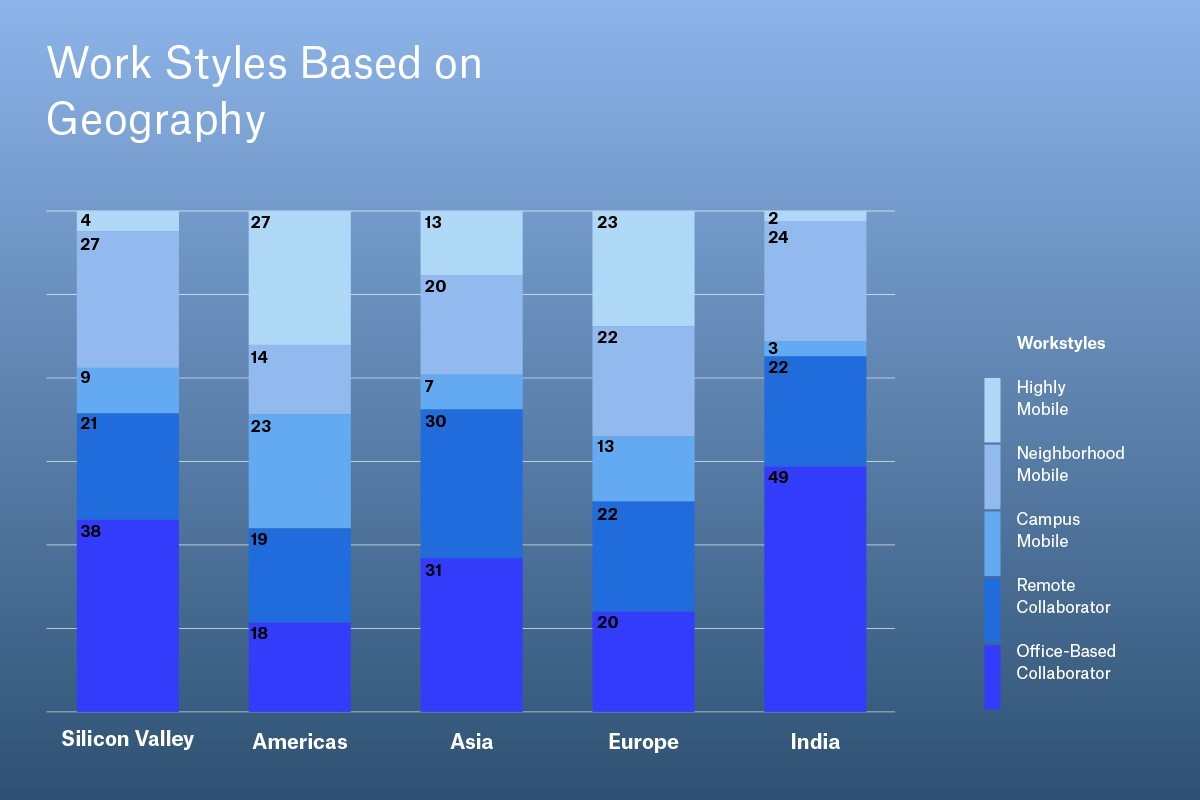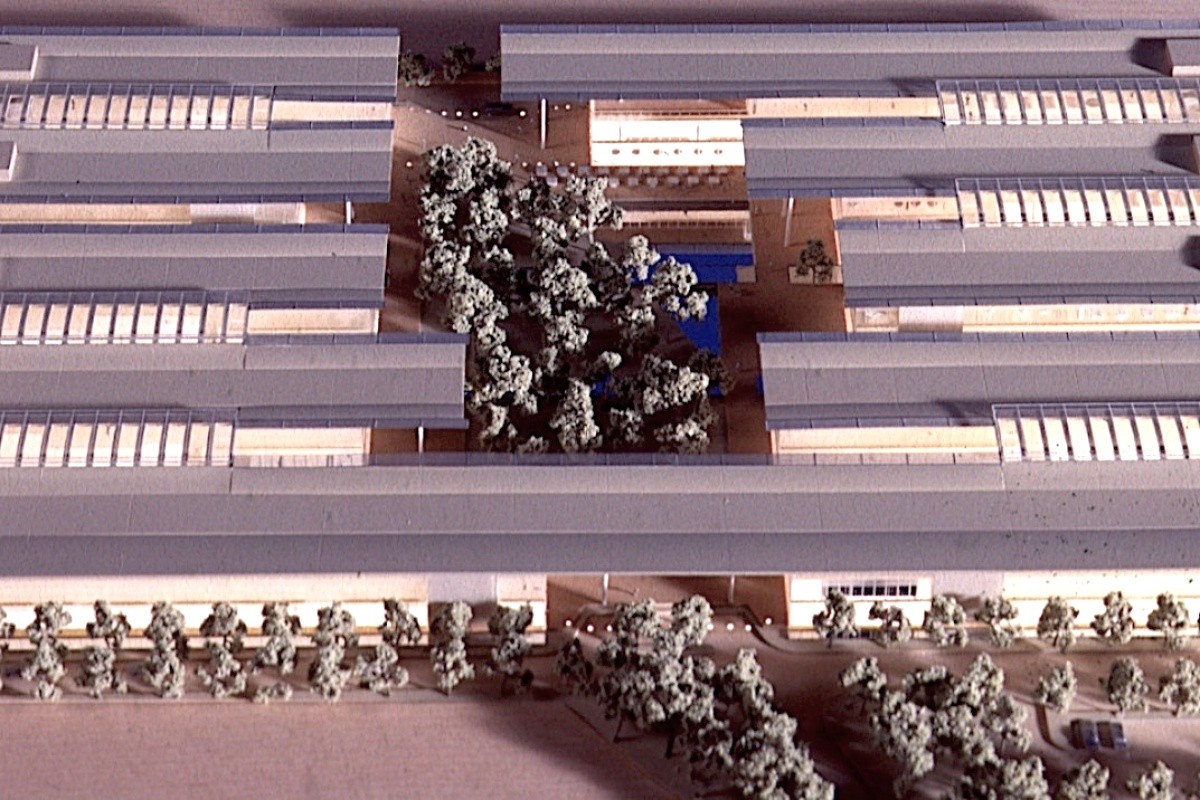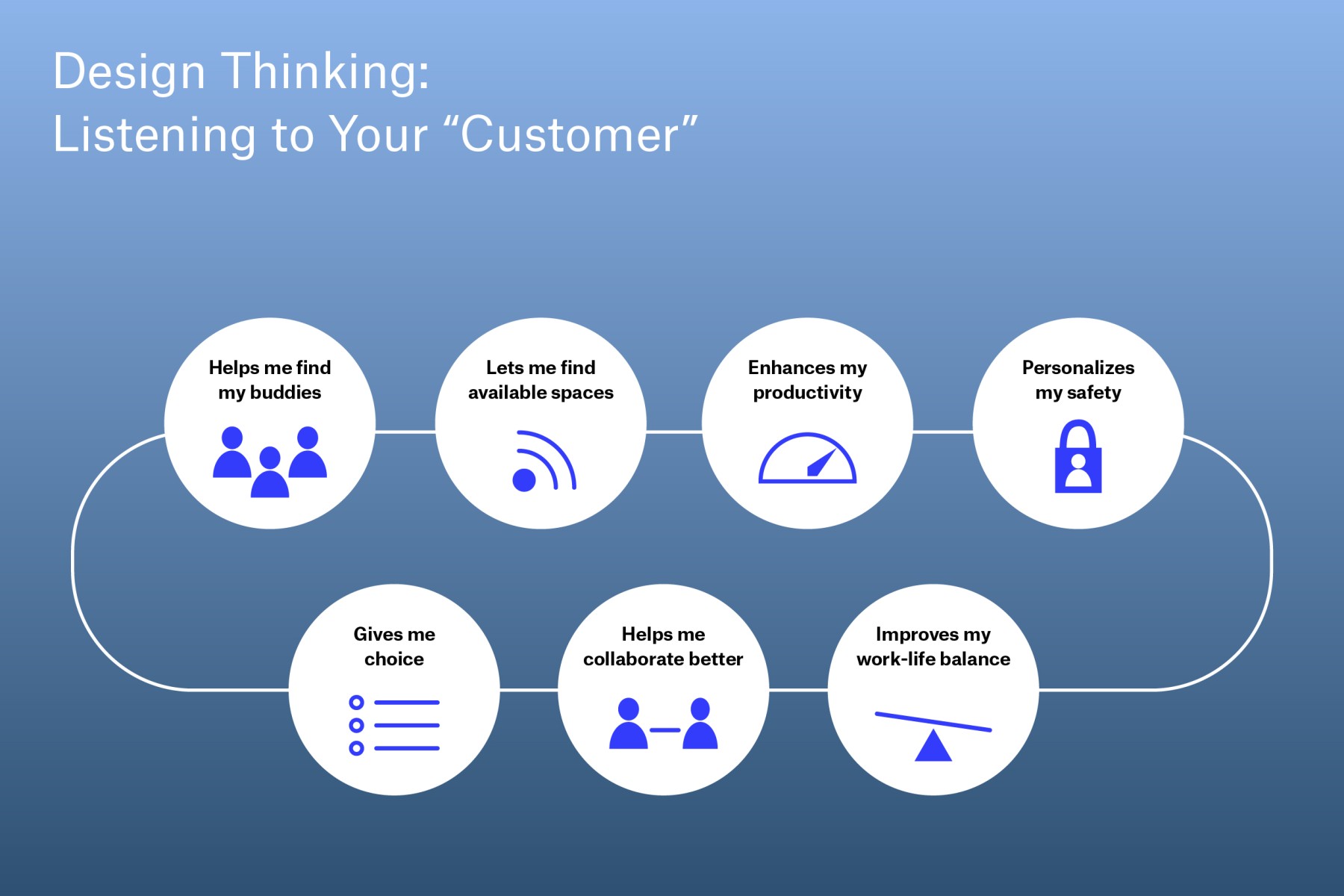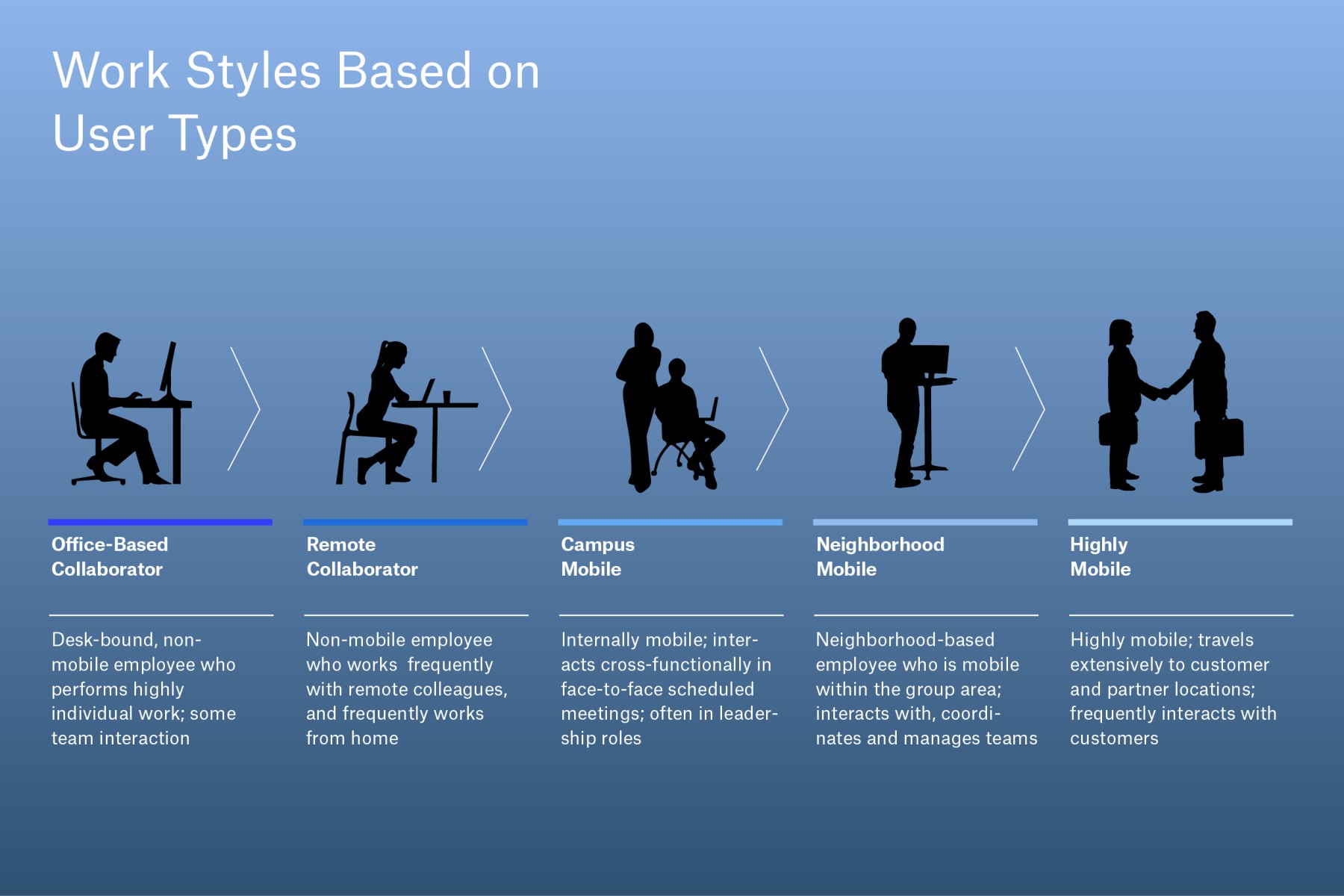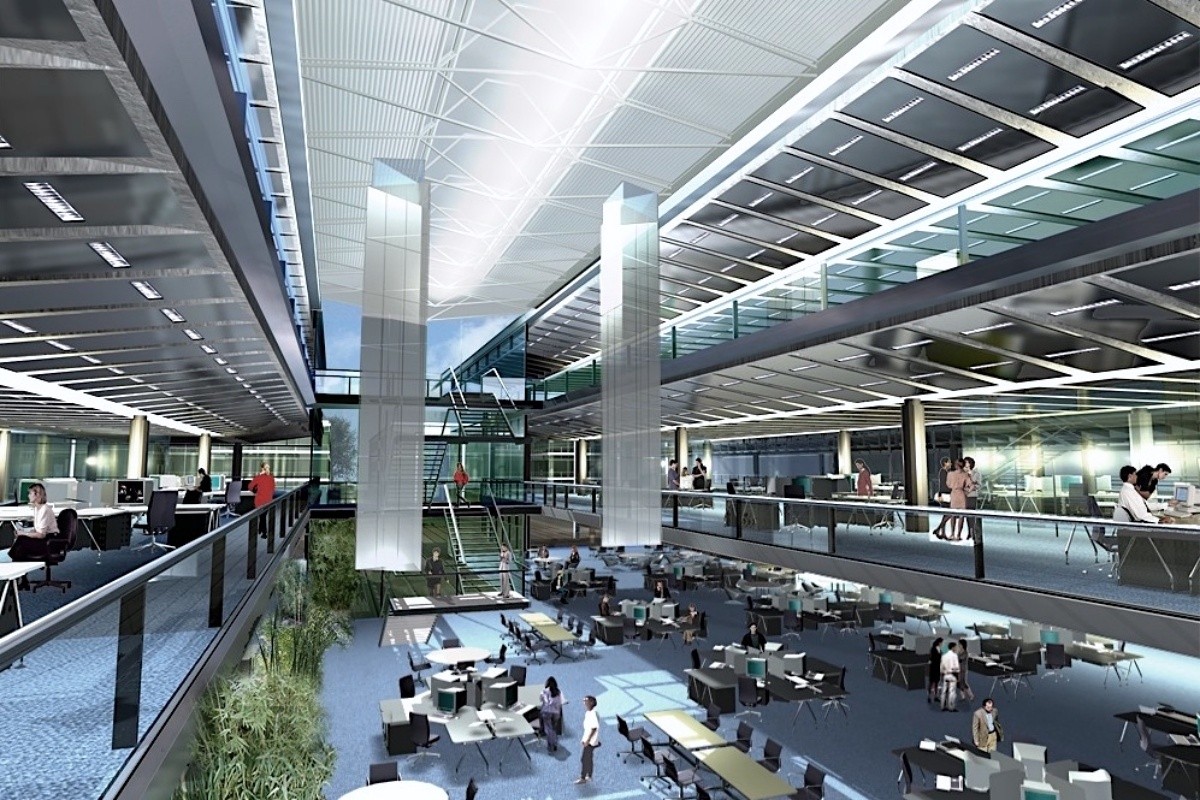

Connected Workplace
Mastering Unprecedented Growth
Our founder co-led the transformation of corporate real estate for a digital pioneer.
United States, Europe, Middle East, Africa
Cisco
23,000,000 sq. ft.
Global workplace solutions
Director with Cisco
Challenge
The internet boom of the 1990s was a period of exceptional opportunity, creativity, and growth for Cisco. A leader in the development and construction of digital infrastructure, the company was expanding its operations across the world. Fast-paced hiring drove demand for space in a competitive market for corporate real estate. A shortage of available buildings and rapidly changing patterns of work led the company to construct new workplaces whose design responded to both local needs and global strategy. Mark Golan, vice president, Cisco Workplace Resources, looked beyond conventional approaches. “Nobody would consider building a manufacturing facility that they intended to use just one-third of the time,” he observed. “And yet that’s what we routinely do with work space.” At this crucial moment, Cisco hired Wolfgang Wagener to lead strategic corporate real estate planning for Europe, the Middle East, and Africa.
Solution
Wolfgang and the workplace resources team began by studying the needs of Cisco’s expanding workforce. They identified user types and work styles that characterized patterns of mobility, communication, and workplace utilization, from office-based collaborators to highly mobile colleagues. Just as Cisco was transforming “the way we work, live, play, and learn,” the company itself was developing new forms of internal organization. On the basis of these findings, they developed an innovative workplace prototype that responded to employees’ needs for collaboration and connection—using their own department as the proof of concept and then rolling out the model across Cisco’s 22-million-square-foot real estate portfolio. By fusing digital infrastructure with responsive architecture by world-leading practitioners such as Foster + Partners, the workplace resources team created a new kind of work environment that supported Cisco’s 80,000 employees and furthered its vision of global change.
Impact
Wolfgang’s entrepreneurial approach, human-centered thinking, and architectural expertise helped drive innovation within one of the world’s most forward-thinking companies. The workplace resources team created a model for real estate that responds to Cisco’s business priorities, fully integrating digital infrastructure within the work environment. Activity-based, adaptable workspace supports variations in employees’ needs, social interaction, and downtime, removing organizational silos and resulting in a highly efficient real estate portfolio that contributes to the company’s innovative culture and its bottom line. The Connected Workplace is a long-term business strategy that increased the value of Cisco’s assets, promoted marketing and sales, advanced innovation, enhanced employee productivity and satisfaction, enabled flexibility, and reduced costs. It has achieved an annual reduction of 62,000 tons of carbon-dioxide-equivalent emissions, and its superior portfolio efficiency, utilization, and distribution have created $196 million in annual savings.



